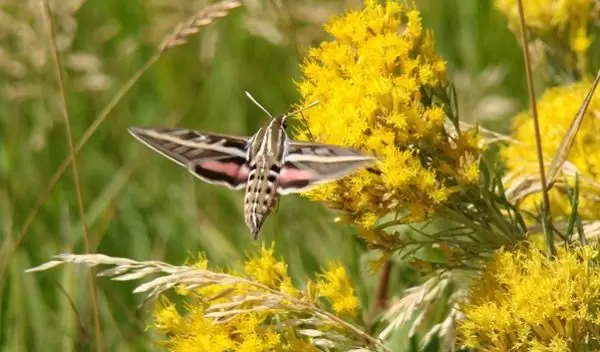
Immune and circulatory systems are integrated in insects
Biologists have found solid proof that among the insect tree of life, the relationship between the immune and circulatory systems is consistent. The discovery will help researchers understand how insects -- including the relatively few that spread disease to animals or agricultural crops -- fight, succumb to or transmit infections.
The U.S. National Science Foundation-funded research was published in the journal Science Advances.
Julian Hillyer of Vanderbilt University studies how mosquitoes fight infection and circulate their blood, two processes that influence each other. When mosquito immune cells detect a pathogen, they travel to the heart and destroy the infection when the circulatory system brings it there. The process is similar to how human immune cells travel to areas with high blood flow, such as the spleen and lymph nodes, to battle infection.
Along with researcher Yan Yan, Hillyer set out to explore whether this process occurs in other insects. The researchers analyzed 68 insect species from 51 families representing 16 orders -- a significant quantity -- to get a true cross-section of insect biological diversity.
Among the insects studied were the malaria mosquito and the yellow fever mosquito -- two species that are as evolutionarily different as humans and whales -- and bedbugs. Most insects were collected in the wild at a variety of state parks.
"When we took the insects to the lab, we used advanced microscopy techniques to search for discernable patterns between their hearts and immune responses to infection," Yan said. "We indeed found the same behaviors across most insects, which told us unequivocally that the way they fight infection is dramatically affected by the way their circulatory systems work."
Insects handle tasks critical to human survival, Hillyer explained, such as pollinating crops, aerating soil and cycling nutrients through the ecosystem. "That makes wholesale elimination of insects like mosquitoes unhealthy for the planet, despite the fact that they are also responsible for spreading deadly diseases to people and plants. Now that we have a clear picture of how insects' immune and circulatory systems work together, researchers can develop techniques to alter their immune systems in ways that impede disease transmission from insect to mammal or plant."
Building on this work and on past research into the mechanics and timeline of mosquito immune and circulatory processes, the researchers are investigating the molecular mechanisms that instigate the immune cell to travel to the heart, and how disrupting this mechanism affects the insect.
"As our climate changes, insect ranges are increasing," says Joanna Shisler, a program director in NSF's Division of Integrative Organismal Systems. "That includes insects such as mosquitoes and ticks that carry microbes harmful to humans. If we know how insects fight infections, then we could selectively control the spread of pathogens to humans."


